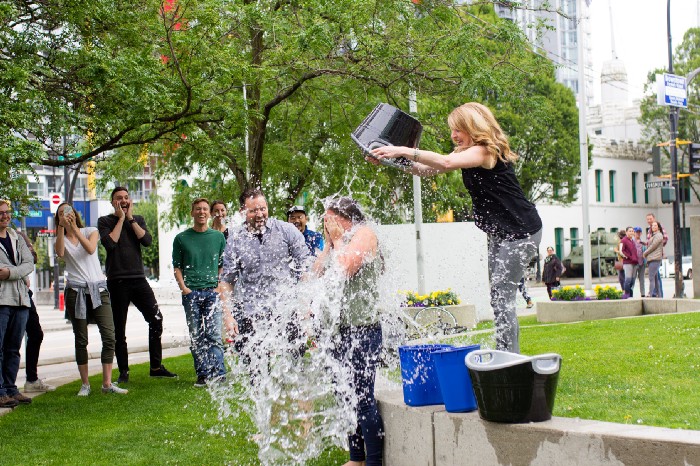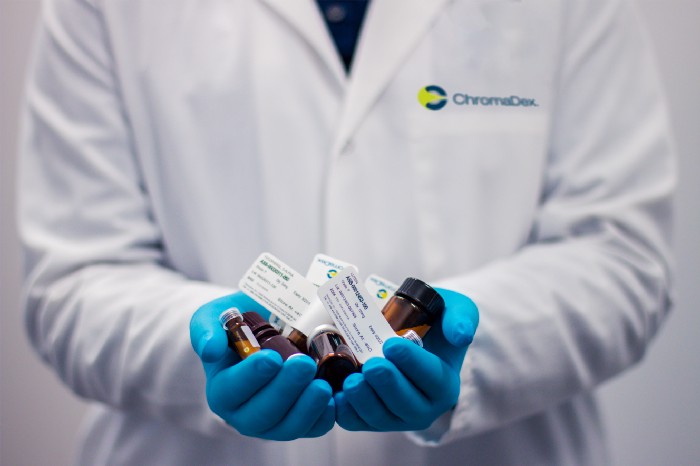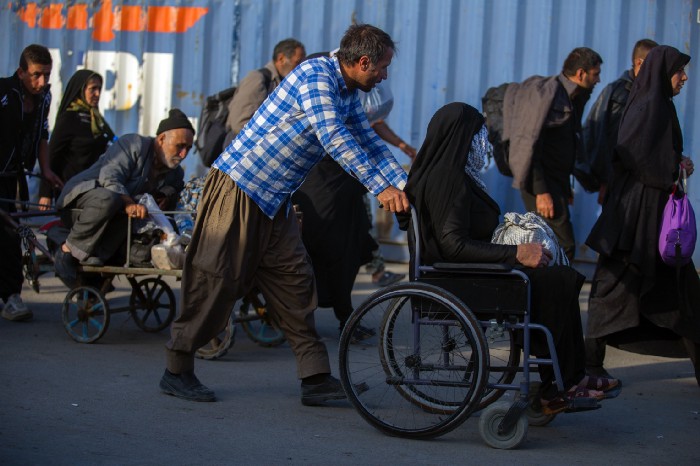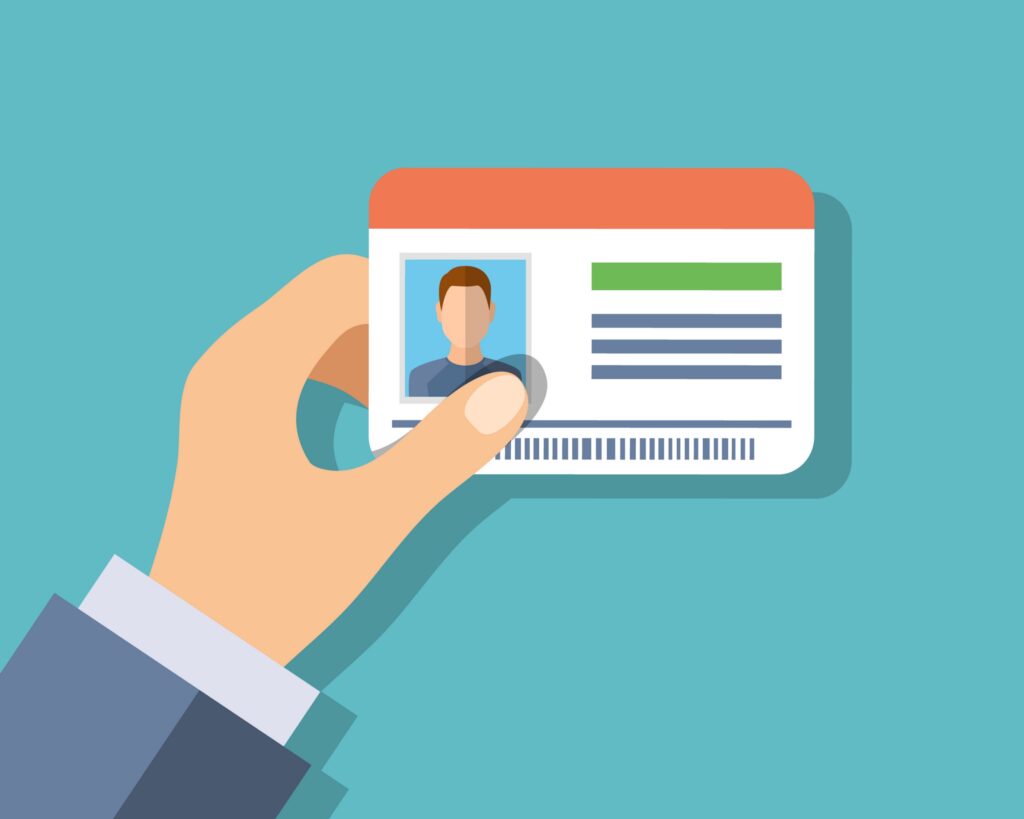Is an “Identity Model” Replacing the Charitable, Medical, and Social Models of Disability?
By Sheri Byrne-Haber | The Shadow, January 28
Part one of a three-part article. See part two on language choices associated with disability/accessibility here.
Language is a strange and powerful thing. So are sociological models for traits that describe the six completely disparate groups of people with disabilities, including:
- neurodiversity
- physical
- vision
- hearing/speech
- mental health
- “other,” which includes things like cancer and autoimmune disorders
It is hard to get all these different groups under a single sociological model umbrella. This article is my take on defining the pros and cons of the existing models, a guess as to where I think these models are headed. The next part of this article will talk about language use best practices centered around these models.

The “charitable model” of disability
In the charitable model of disability, people with disabilities are treated as objects of charity and pity. The community treats people with disabilities as incapable of helping themselves. People with disabilities are an obligation and a burden, requiring charitable resources from family or community support.
- In the United States, the charitable model of disability is epitomized by the era of the “freak show.” Freak shows are organized, for-profit exhibitions of people with physical, mental, or behavioral rarities popular from the 1840s to 1940s.
- Another area where the charitable model of disability remains today is through organized religion, where members of the faith feel it is their obligation to “assist those less fortunate” — and people with disabilities are one of the groups automatically considered “less fortunate.”
- Geographic regions lacking in medical and societal resources to assist people with disabilities remain in the charitable model of disability. These areas are largely evidenced through low literacy rates and astronomical unemployment rates for people with disabilities, primarily due to the failure to include them in educational settings. People with disabilities in these regions are frequently seen begging in the streets to survive.
I have no problem with people raising $$ for charitable research in the areas of ALS or something a little closer to home to me, which is Type 1 Diabetes. I have an issue with charities portraying people with these diseases as tragic having no control over their lives because of these terrible diseases. Fundraising campaigns frequently blur these lines to drum up donations.

The “medical model” of disability
As medical care improved, the charitable model of disability evolved into the medical model of disability. People with disabilities were viewed as ill and needing to be cured through medical intervention. People with disabilities weren’t necessarily consulted or even involved at a meaningful level in their care. The “experts” were members of the medical community. The focus under this model is making the community feel more at ease with the person with the disability, not necessarily making the environment more accessible. Any person with a disability who didn’t desire medical treatment was seen as someone who didn’t want to help themselves and by implication, not worthy of assistance.
The medical model of disability has severely adversely impacted the Deaf community. Deaf individuals are not interested in “fixing” what they don’t see as a problem. However, the most public example of a single individual suffering from others’ decisions is probably Rosemary Kennedy. When she was 23, her father arranged for a lobotomy to treat seizures and mood swings. The procedure left her incapacitated and unable to speak for years. She was hidden from the family for decades and lived in an institution for the remainder of her life.

The “social model” of disability
The social model of disability is rooted in human and civil rights. This model emphasizes that the barriers faced by people with disabilities originate from an inaccessible society, not the medical condition causing the disability. The social model has its roots in the protests leading up to the adoption of the Americans with Disabilities Act in 1990. The cornerstone of the social model of disability is removing environmental and attitudinal barriers that prevent people with disabilities from having equal access to societal opportunities.
The ultimate goal of a person with a disability under the social model is the equal opportunity to attend school, gain employment, and participate in community activities integrated with people without disabilities using accommodations or modifications at their choice as necessary. Under this model, the “ownership” is not of the disability but choice in dealing with the disability. That choice always resides in the hands of the person with a disability unless they are legally not competent to make their own decisions.
The social model of disability evolved about the same time as People First Language or PFL. PFL revolves around emphasizing people, by putting them first, over any disabilities they may have. PFL choices include examples such as:
- using terms like “person with hearing loss,” not hearing-impaired
- using terms like “person with vision loss” or “screen reader user” not blind
- using terms like “person who uses a wheelchair,” not wheelchair-bound

The “identity” model of disability
As disability has become more of an intersectional identity, a new model seems to be forming, which I call the “identity model of disability.” I have seen an increasing number of requests for people who are requesting that they:
- be identified as disabled, not as a person with a disability
- be identified as autistic, not as “on the spectrum,” “a person with Asperger’s,” “a person with ASD,” a “person with autism,” or any number of the ways this diagnosis can be described.
- occasionally I see requests from people who ask to be referred to as ND for neurodivergent.
The people who typically make these requests (and this is a small sample, and I include myself as part of the sample) appear to be people who have integrated their disability into their identity. Incorporating something into your identity takes time. Therefore, they are also typically people who either have congenital disabilities or have an acquired disability that they have experienced for an extended period. These are people who want to be identified as disabled or autistic and do not want to be referred to using PFL.
I put disabled/determined person in my LinkedIn title after my pronouns to inform people of my disability language preferences. Yes, I know disabled/determined person isn’t a pronoun. It is, however, an essential part of my identity. I love the UAE phrase for people with disabilities, which is “persons of determination.” If you ask any single person who knows me the best adjective to describe me, determined is a word that will show up towards the top of the list, guaranteed.
The main difference between the Social and Identity Models of disability that I perceive is people who follow the identity model seem to be fearless in holding others accountable for the societal barriers that discriminate against us.
- Under the social model, I might tell someone, “Hey, there are stairs here, I can’t get by.” Actions after this are varied, ranging from doing nothing to asking for help to filing a complaint.
- Under the identity model, I would start with, “Hey, I am disabled. You are not providing equal access. Who do I talk to about getting that fixed?” The initial request is coupled with a request for action to solve the immediate problem and a long-term solution to benefit everyone in the same situation. Depending on the individual’s response, I have also been known to throw in, “Oh, by the way, don’t gaslight me because I’ve done this before, and I know where to file complaints with agencies that you don’t want to hear from.”
People who use the identity model of disability are comfortable with their disability and demanding equal access for themselves and everyone else.
About This Article:
A Life Worth Living has copied the content of this article under fair use in order to preserve as a post in our resource library for preservation in accessible format. Explicit permission pending.
Link to Original Article: https://medium.com/the-shadow/is-an-identity-model-replacing-the-charitable-medical-and-social-models-of-disability-ce3b42bbb43d

